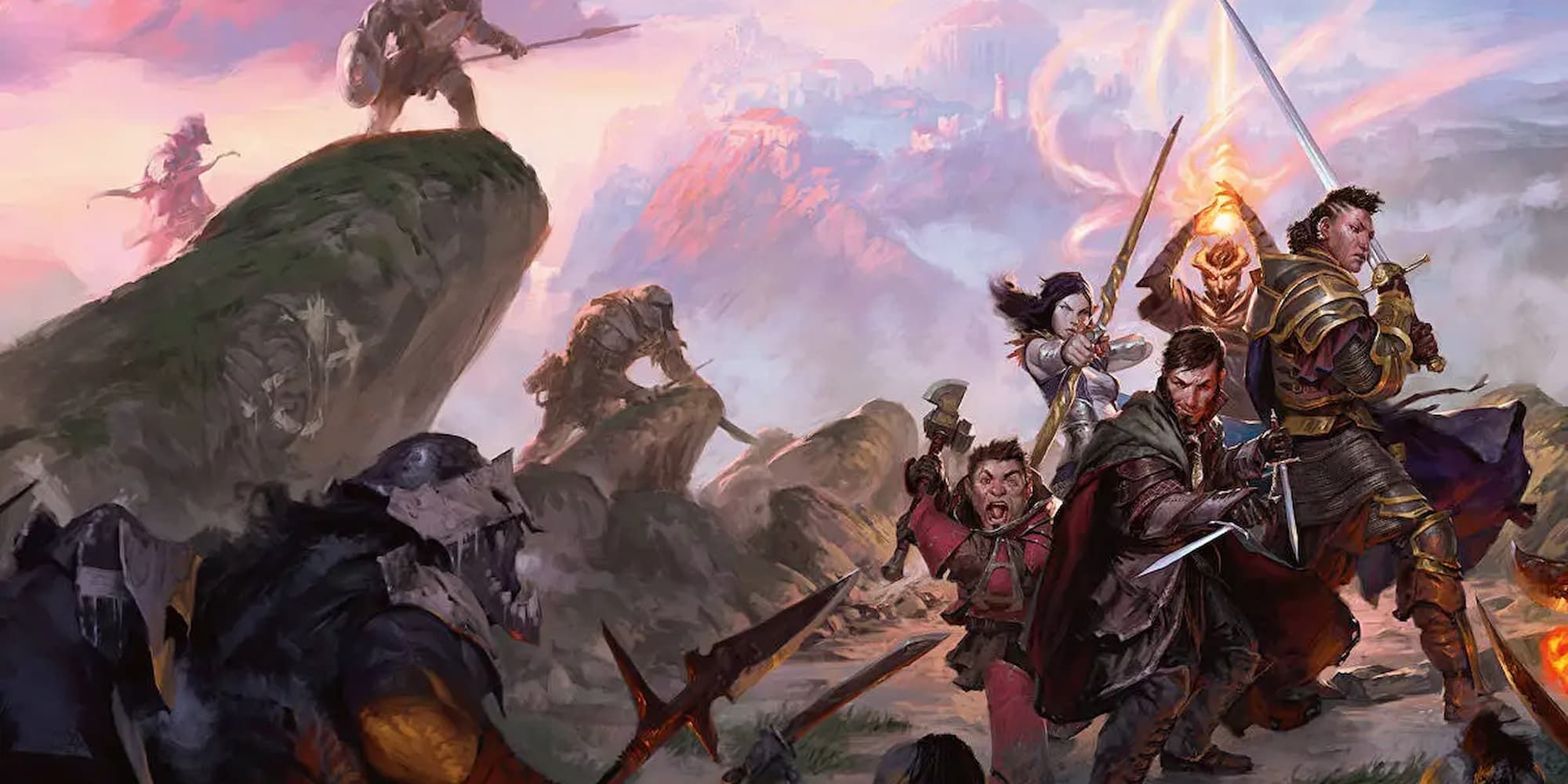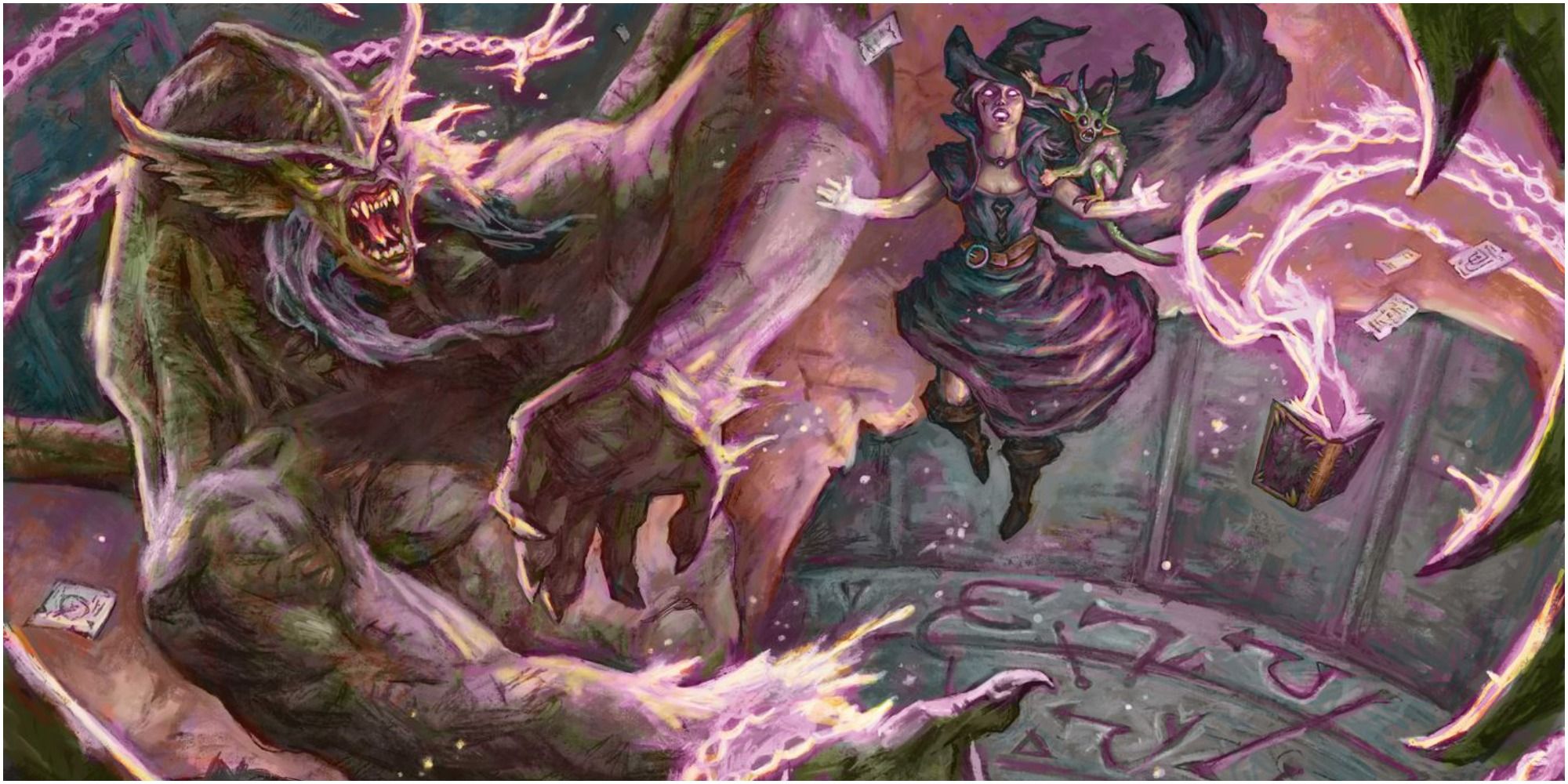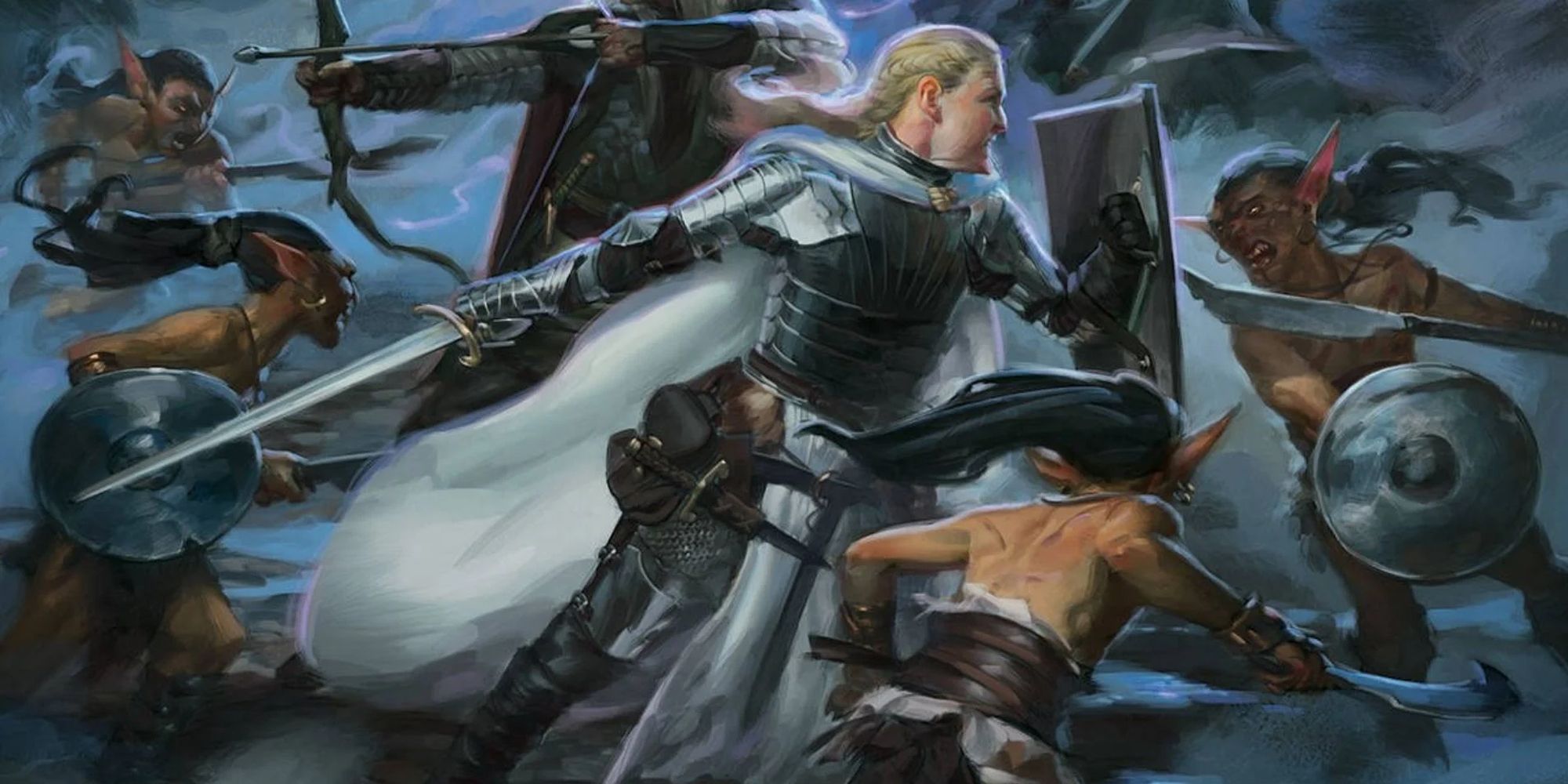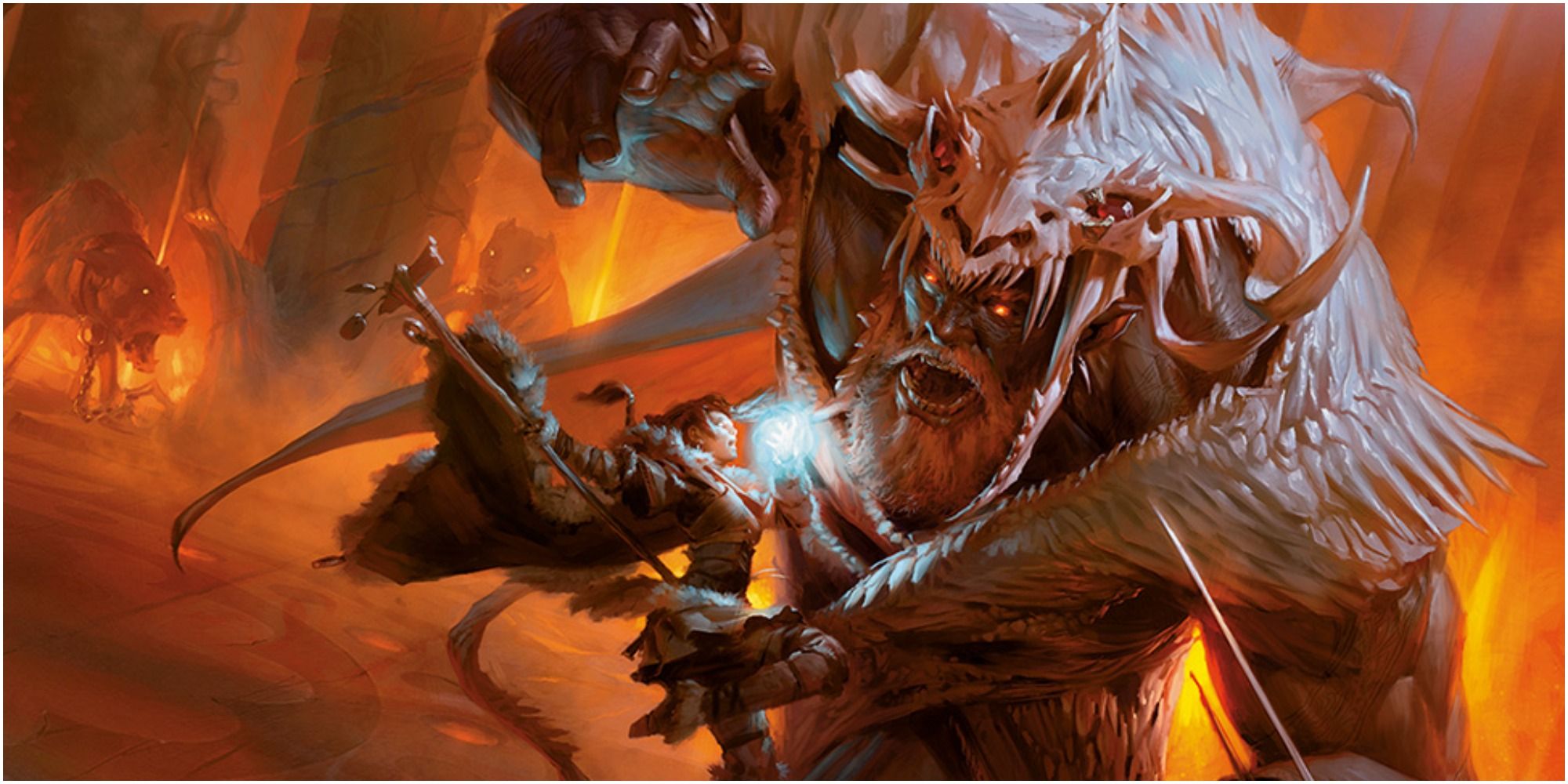Dungeons & Dragons is among the most popular and iconic tabletop RPGs around, blending character-driven roleplaying, combat, puzzle-solving, and exploration. Due to the significant freedom that games like D&D allow, they are filled to the brim with rules for any occasion that players may encounter.
While the fundamental rules of the game are rather digestible and easy to follow, there are many niche corner-case rules that even veterans of the game may potentially forget. One such rule is the concept of Free Object Interaction. As this mechanic can be incredibly helpful in the heat of battle, we're going to explain everything you need to know about Free Object Interaction.
What Is Free Object Interaction?
When taking a turn in D&D, all creatures (be they player- or DM-controlled) have access to the same number of actions that they can perform. Namely, all creatures have access to one action, one bonus action, and one reaction that they can make before the beginning of their next turn. However, in addition to these fundamental types of actions, all creatures are also allotted a Free Object Interaction on each of their turns.
As the name would imply, a Free Object Interaction is when a creature interacts with an object without this interaction consuming any of their actions. A free object interaction can be anything from brandishing a sword or opening a closed door. This means that a character can draw a new weapon in the midst of battle without consuming their action. It's important to know that not all objects can be interacted with through Free Object Interaction, as the vast majority require an Action to be used effectively.
Like actions, bonus actions, and reactions, it's important to note that a creature only has access to a single free object interaction each turn.
Dropping And Passing Items
Uniquely, it's important to note that not only does dropping an object or item a creature is holding not consume a creature's action, but it also doesn't consume a creature's Free Object Interaction. Think of dropping items as a complete lack of action entirely. Though wielding a weapon requires one or two free hands based on the item type, if you ever need to wield a new weapon on the fly, you can simply drop the weapon you're holding, then draw the desired weapon as your Free Object Interaction.
Additionally, it's important to know that a creature can use their Free Object Interaction to hand an object to another creature. When this is done, the creature who the object is handed to doesn't consume their Free Object Interaction, opening the door to a wide variety of strategies.
Dungeon Master Discretion
Few rules are tied up in a Dungeon Master's discretion as much as Free Object Interaction, and at the end of the day, it's important to remember that a DM has the final say in a game of D&D. The general applications of Free Object Interaction are somewhat vague and can easily be interpreted differently by different DMs.
For example, while the general terms of Free Object Interaction would dictate that a door could be opened as a Free Object Interaction, there may be things that cause the DM to decide it shouldn't be. It could due to a door's weight, or a lever that may need to be pulled to open said door, but either way, a DM may rule that doing so may require the use of an action or bonus action.




